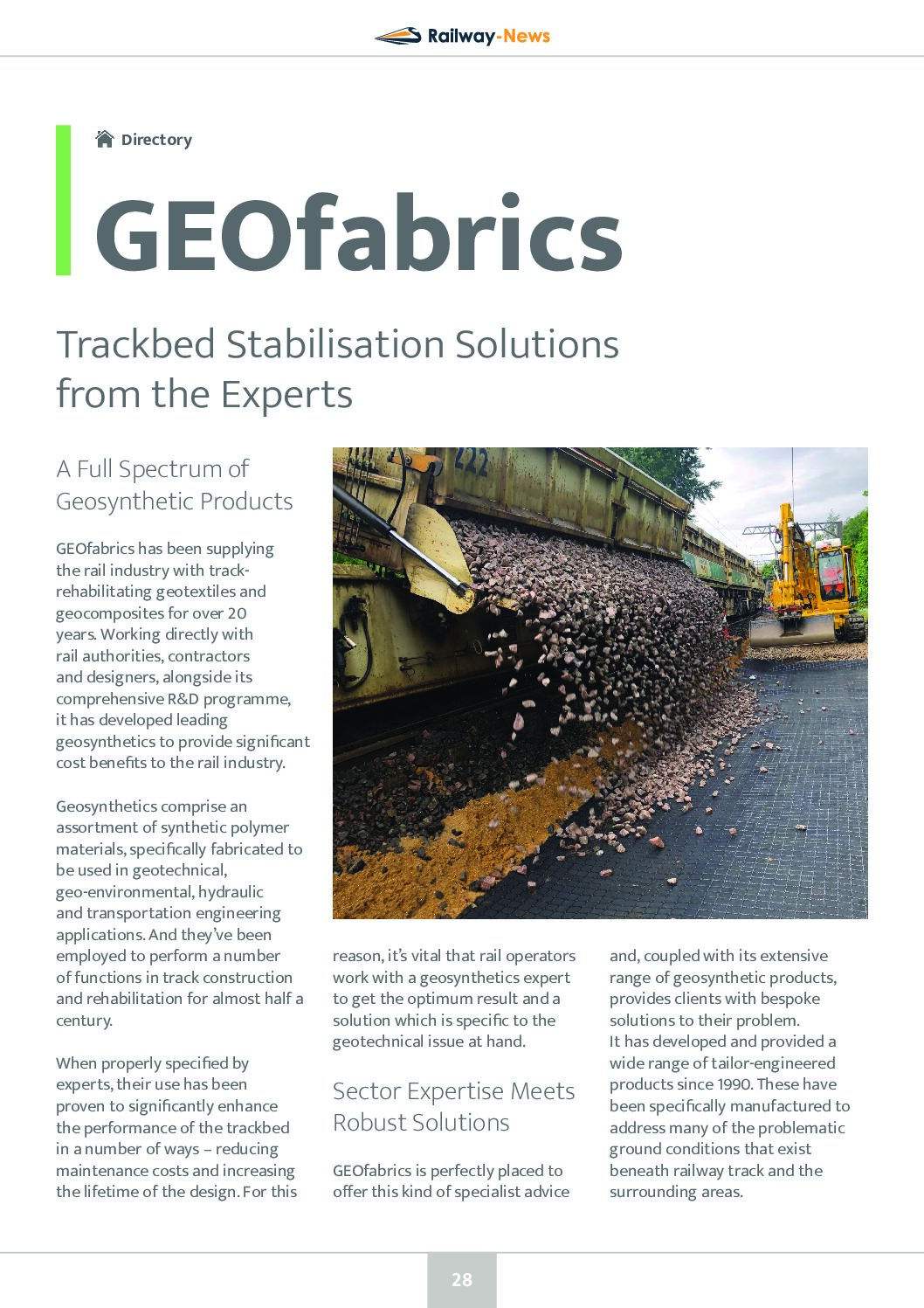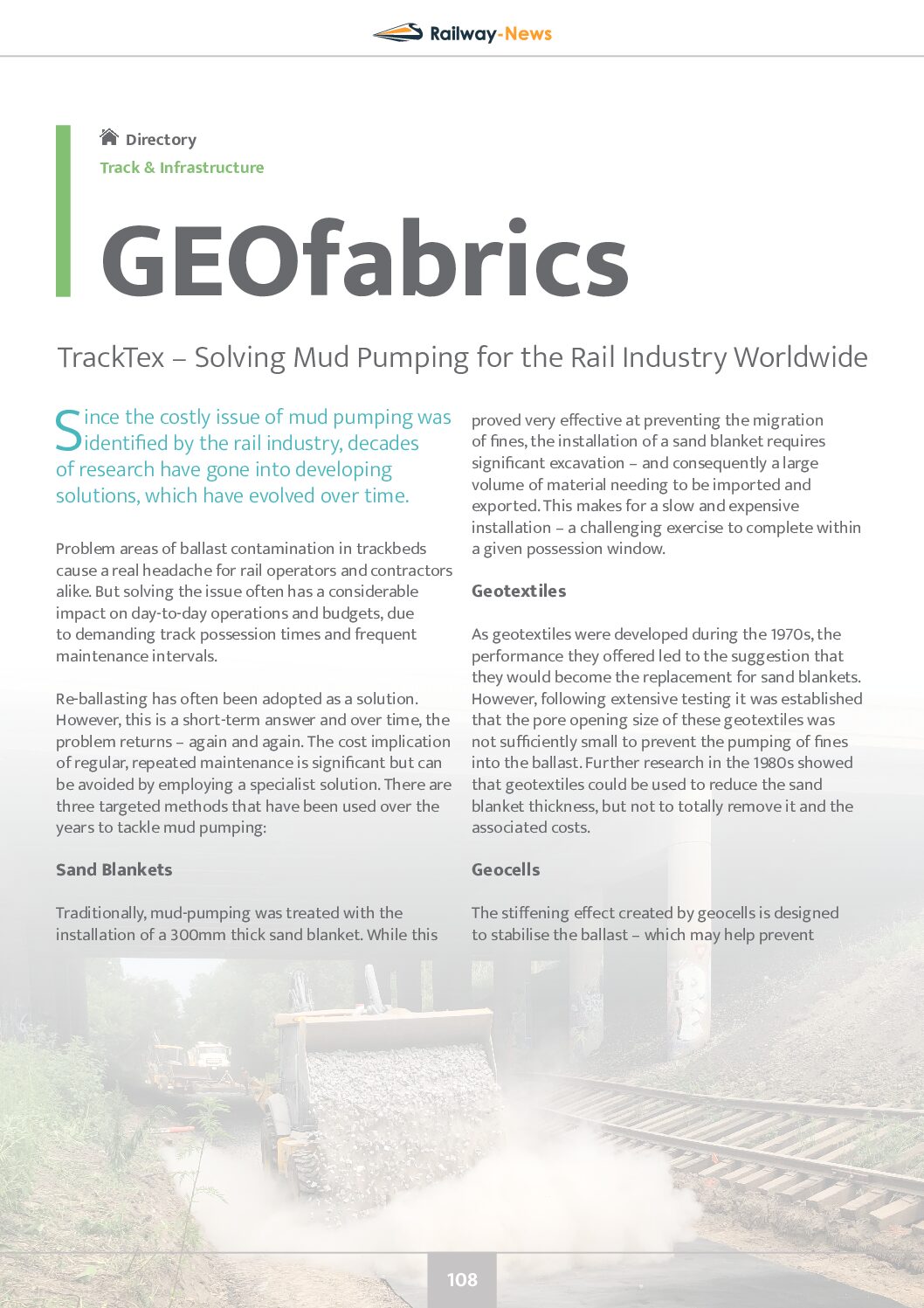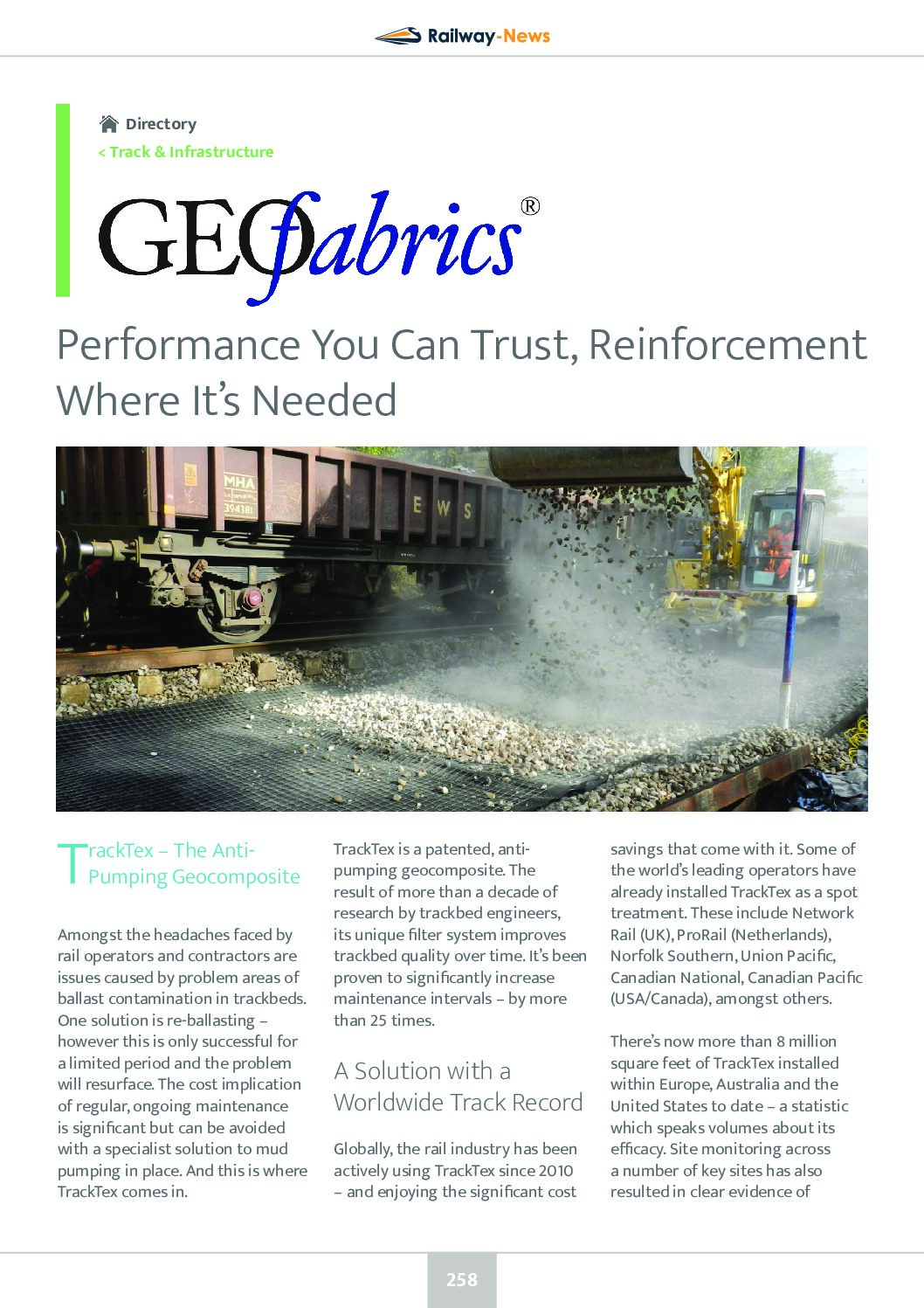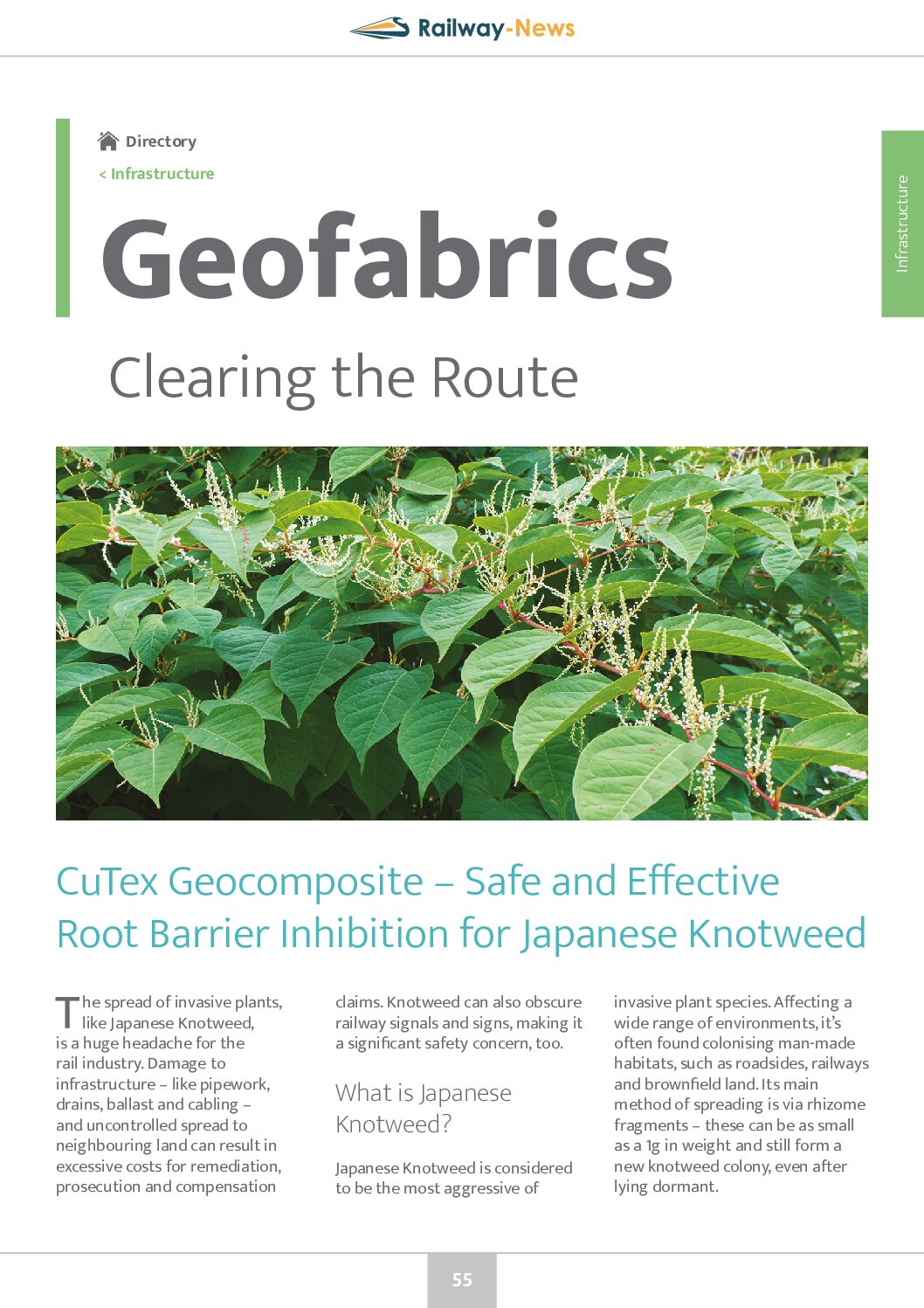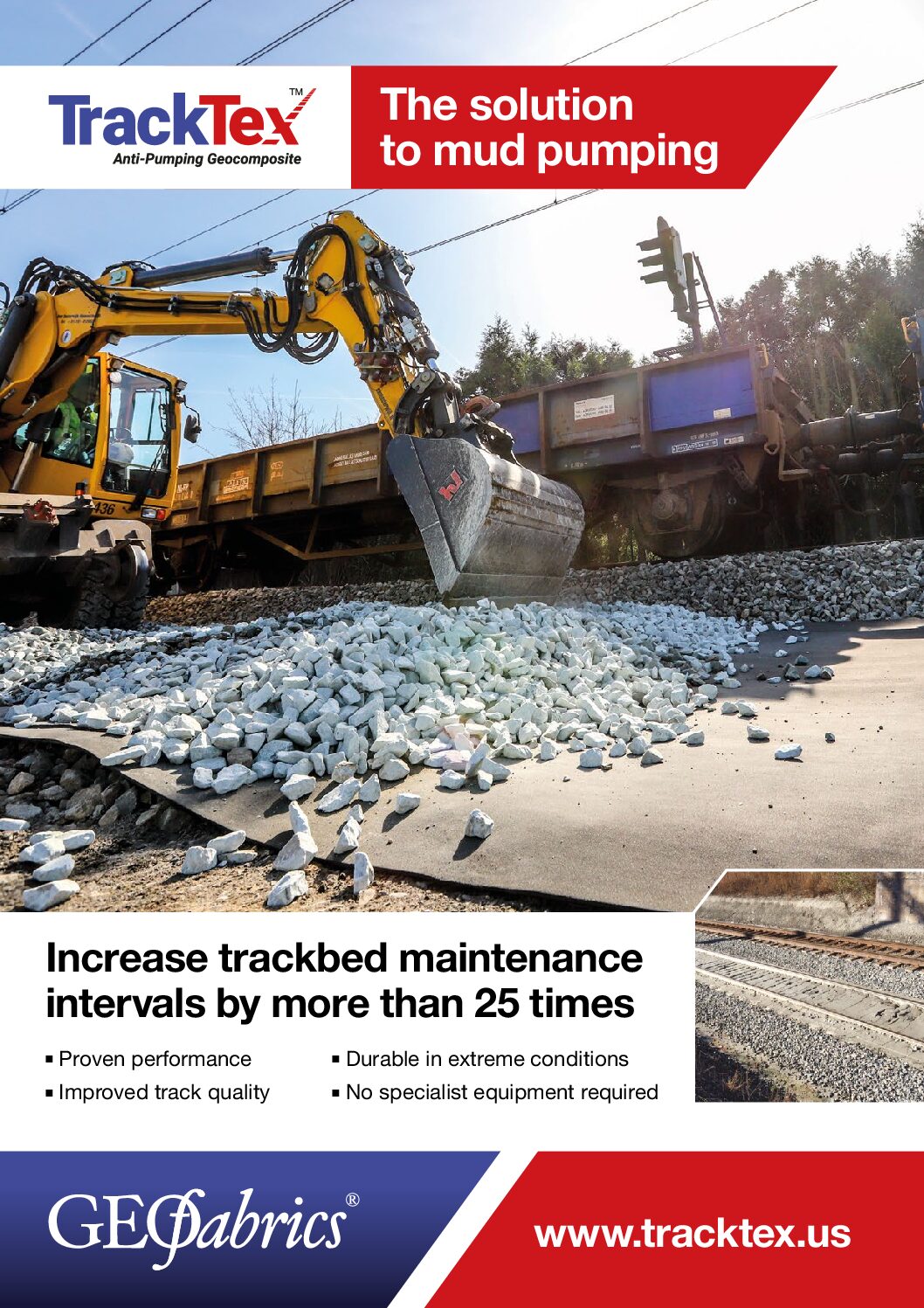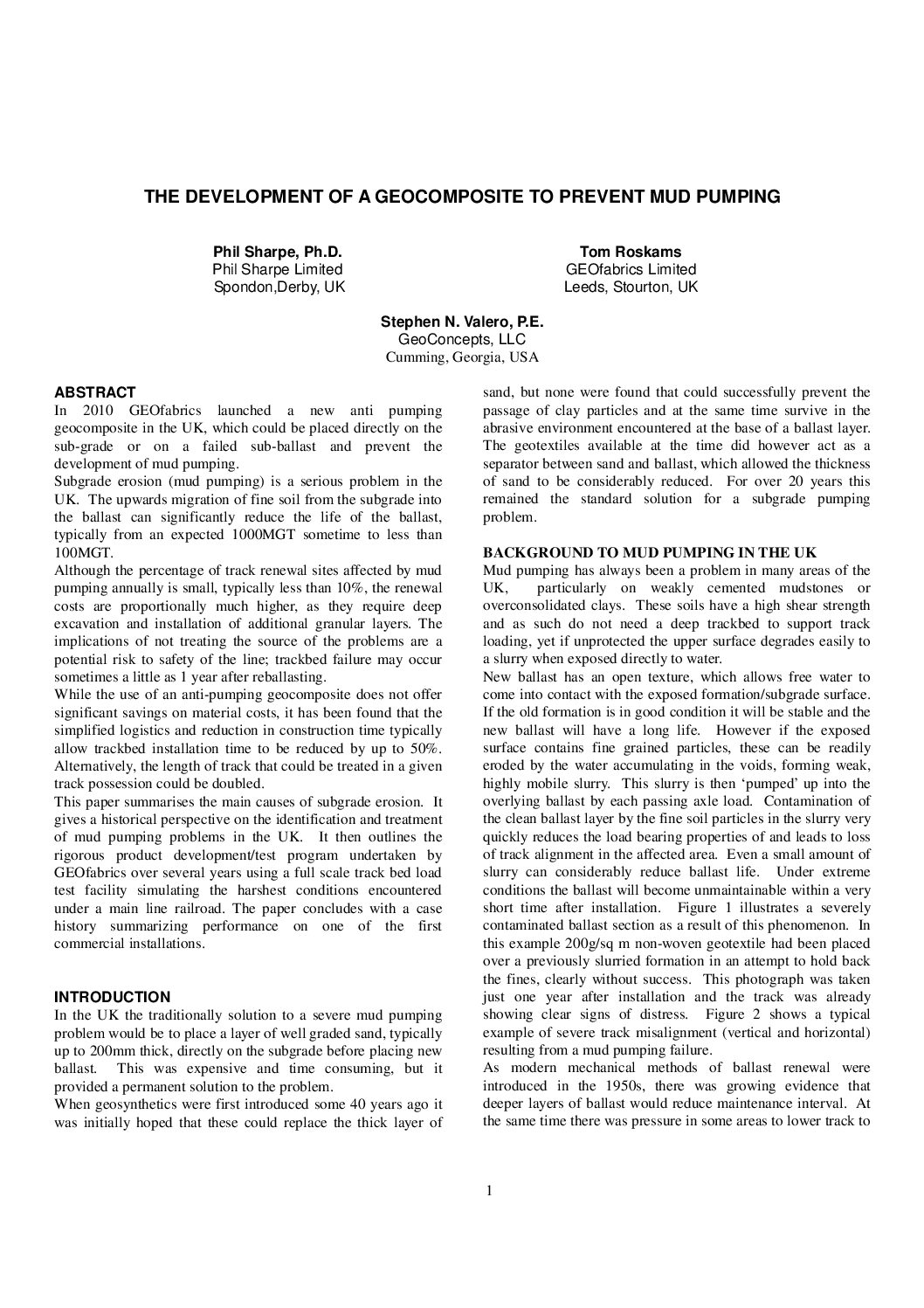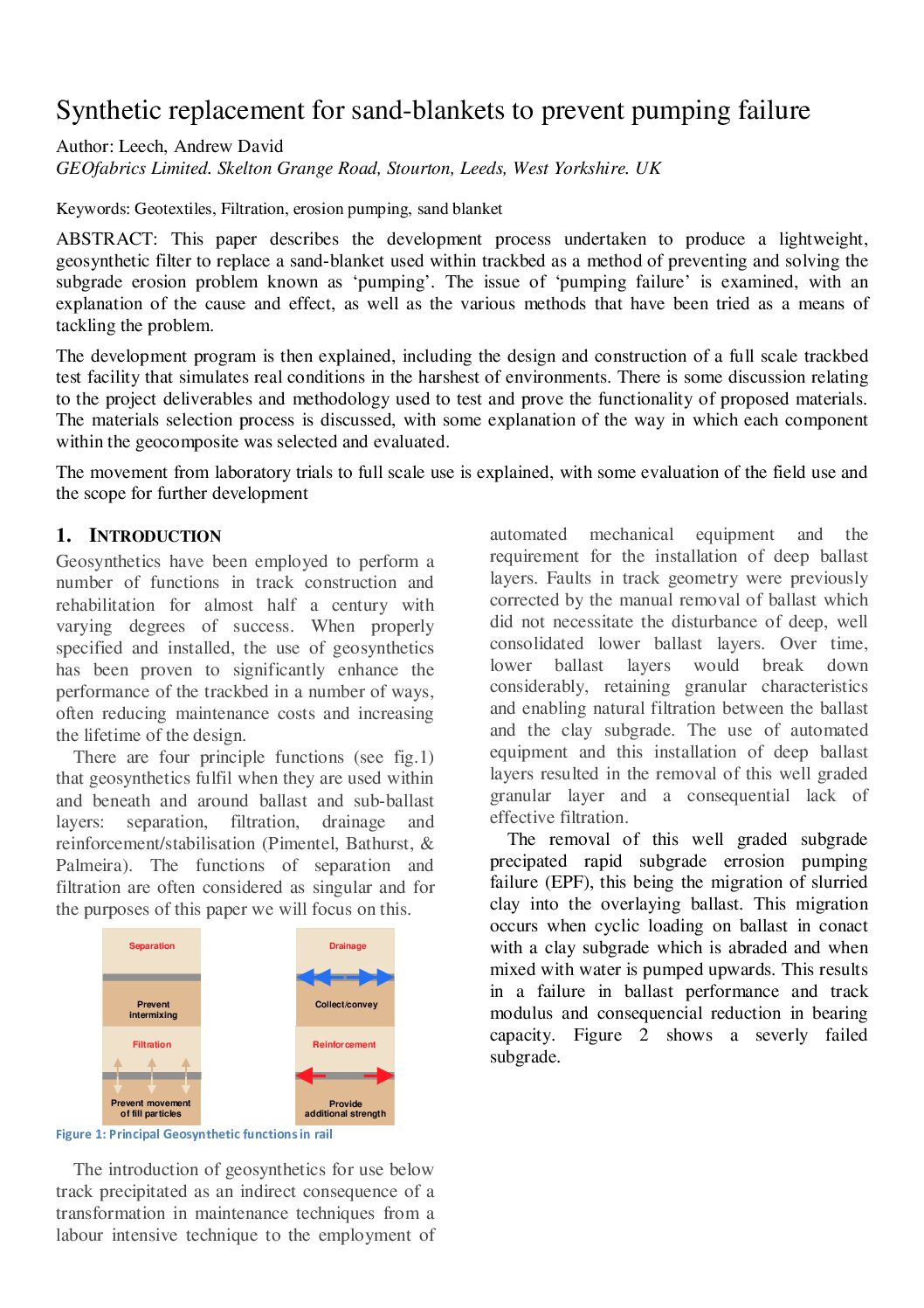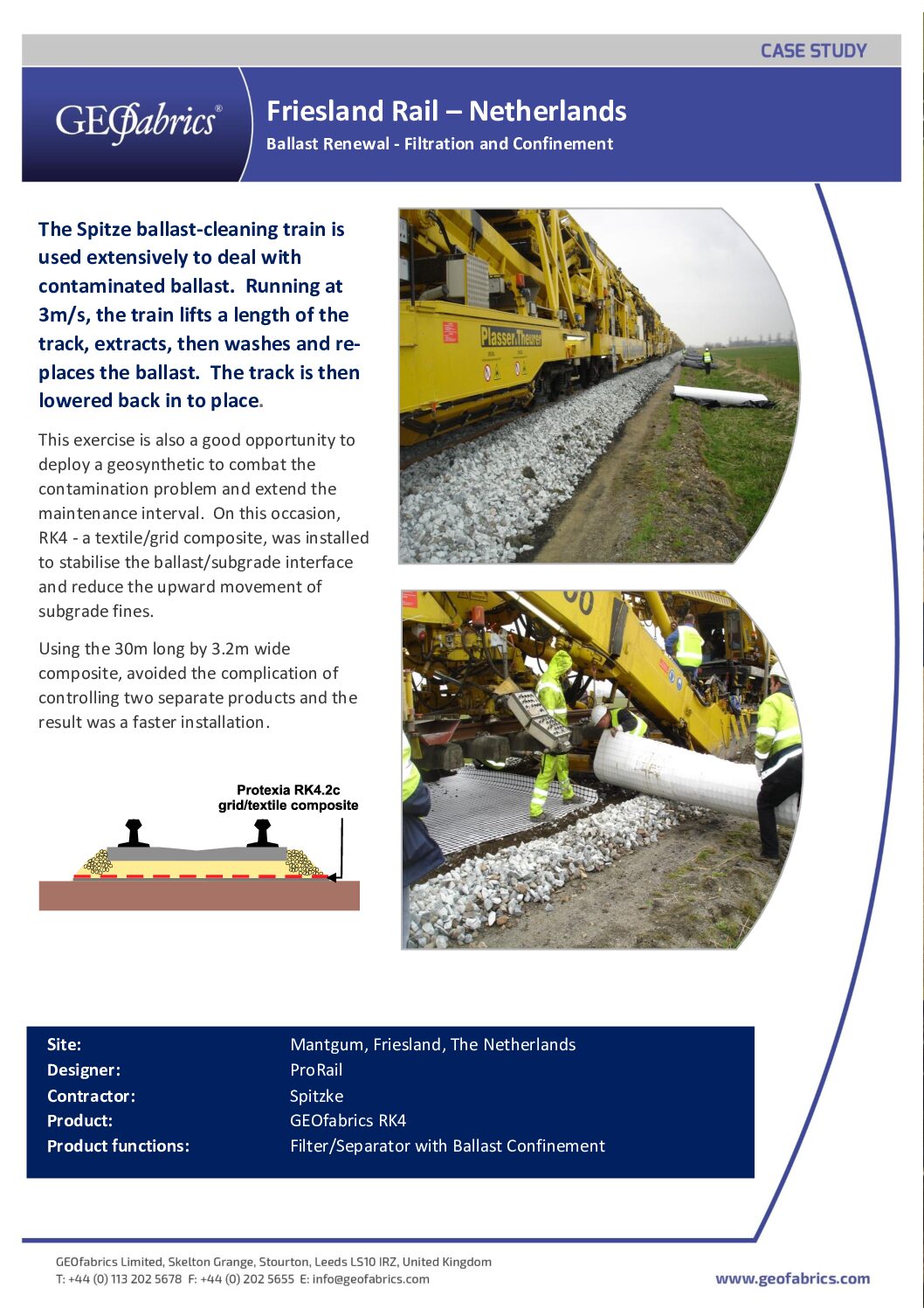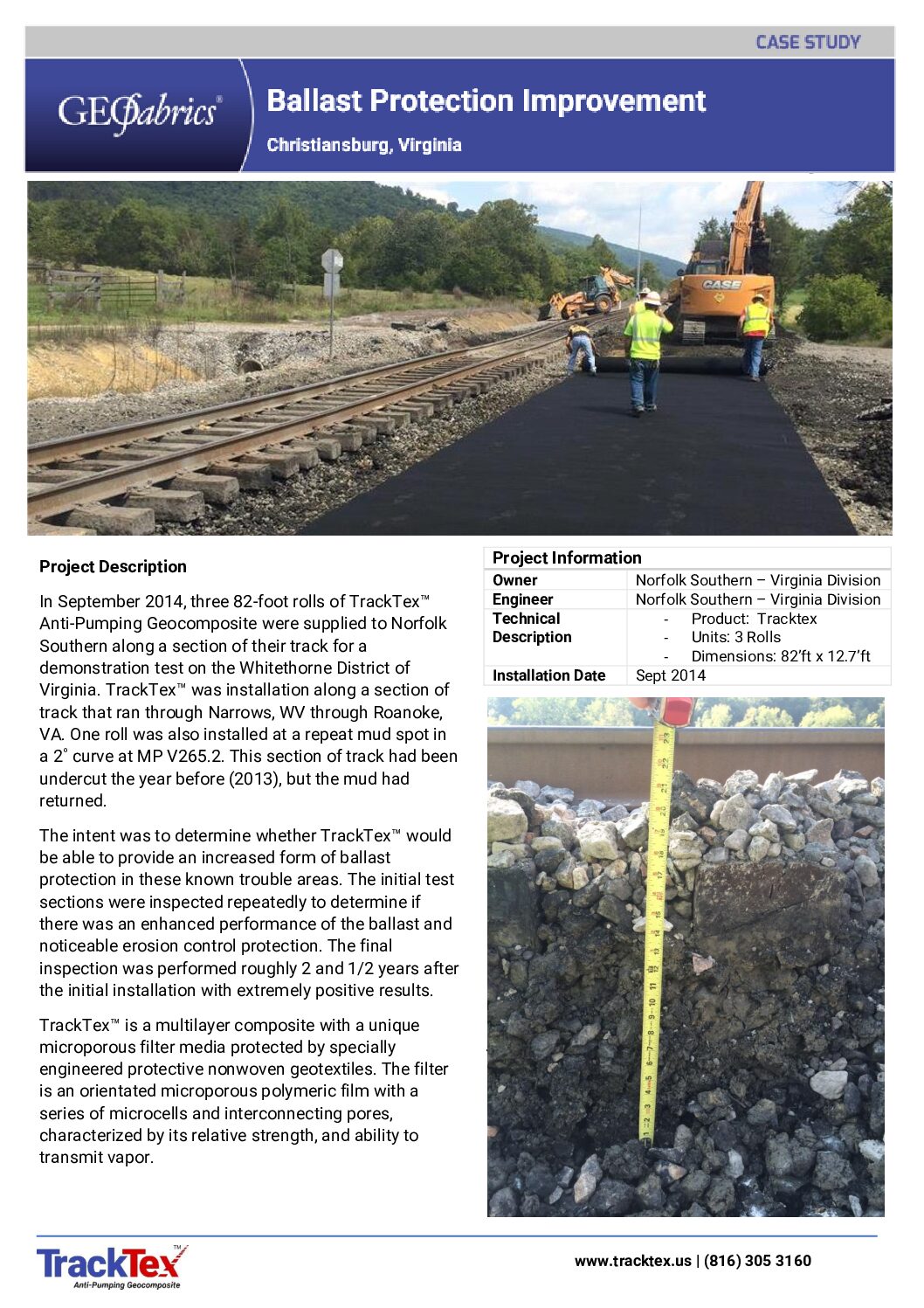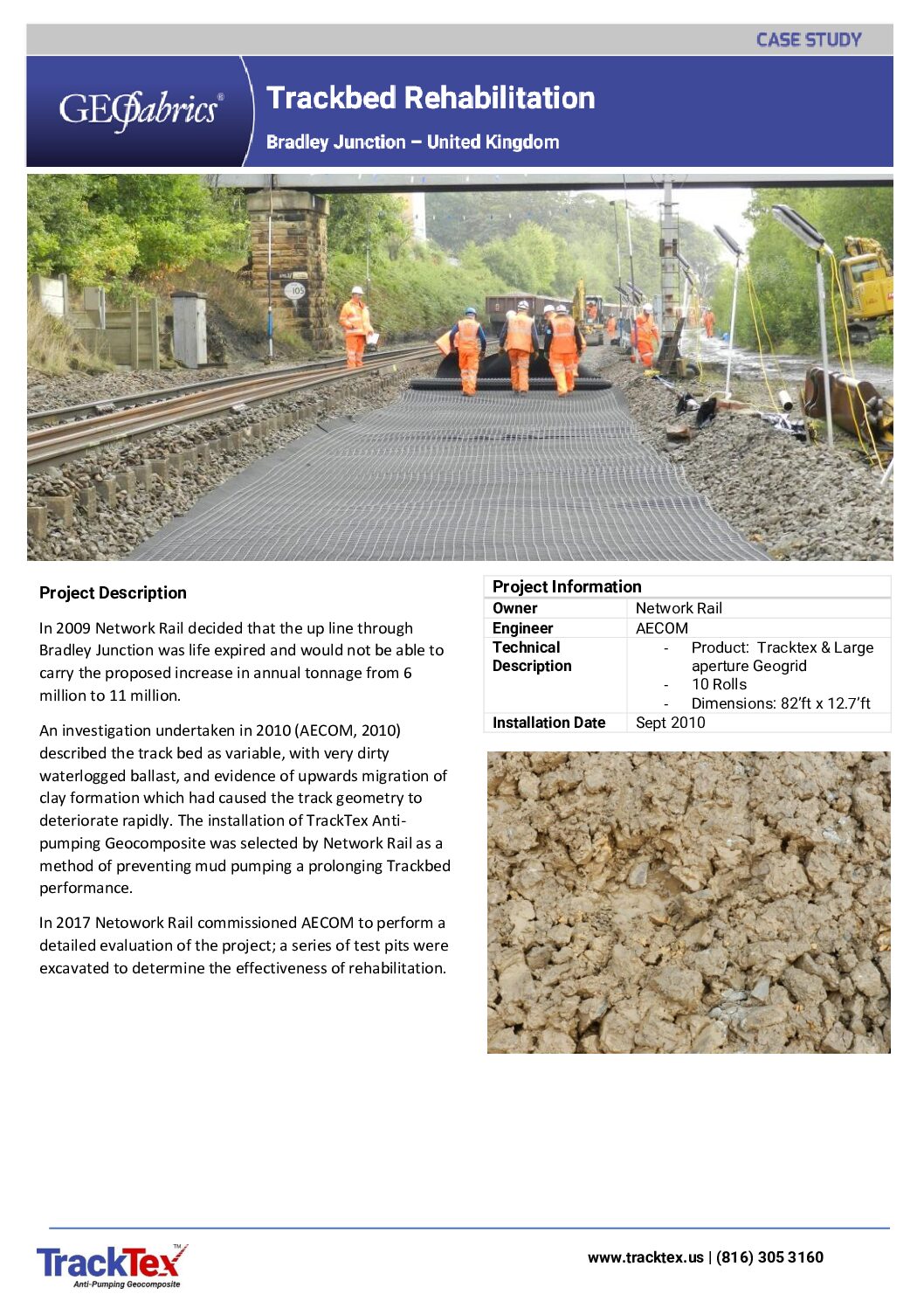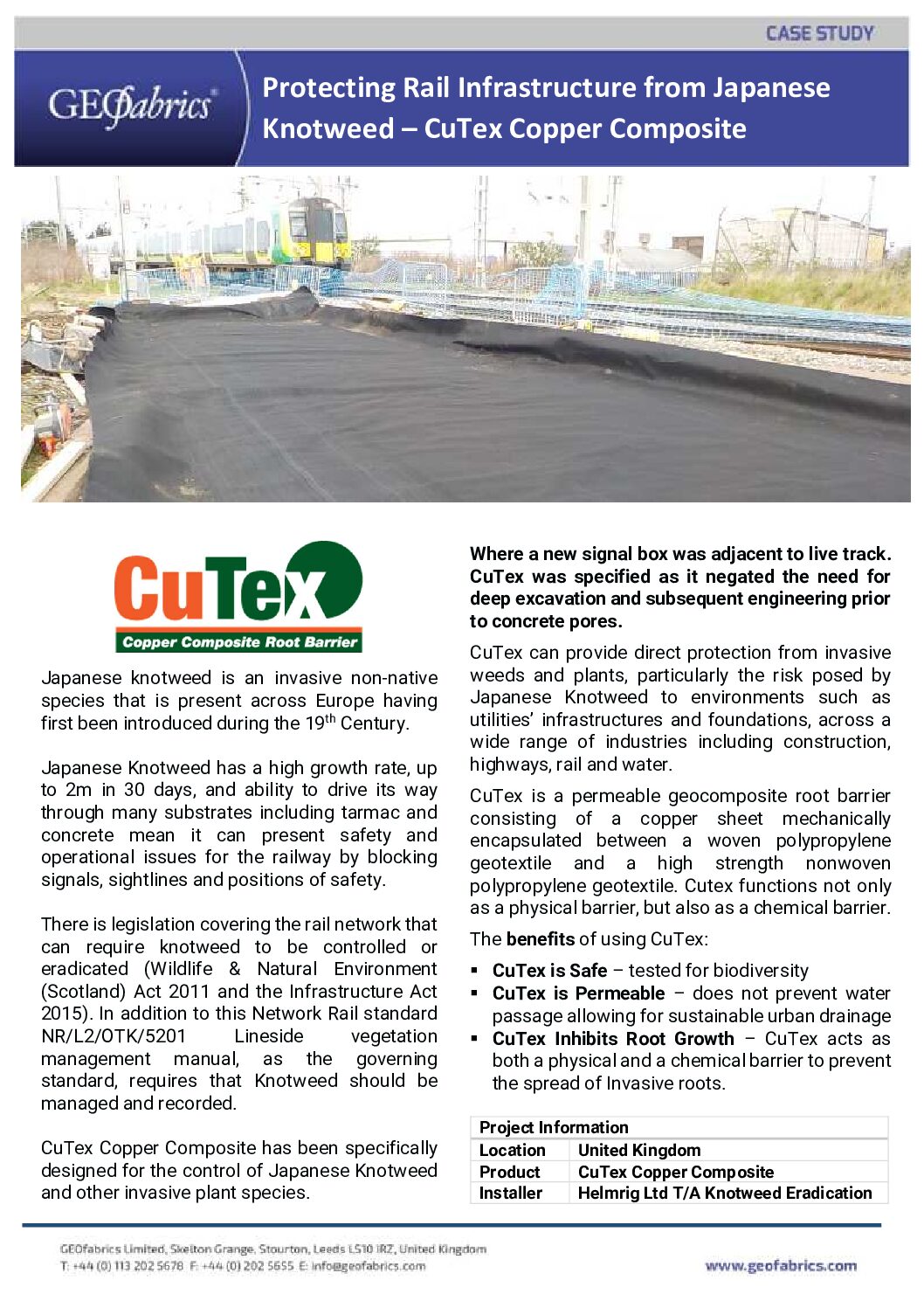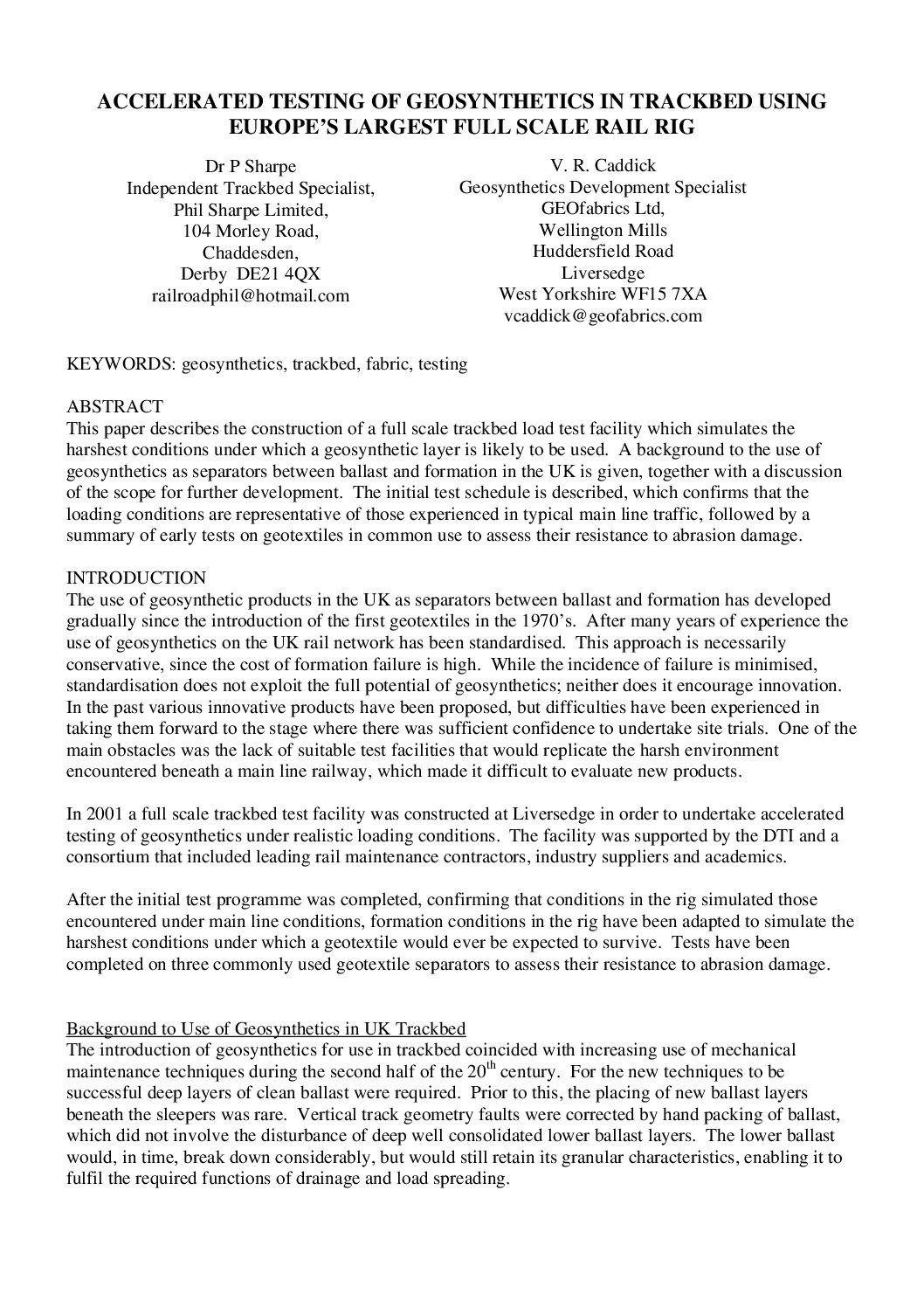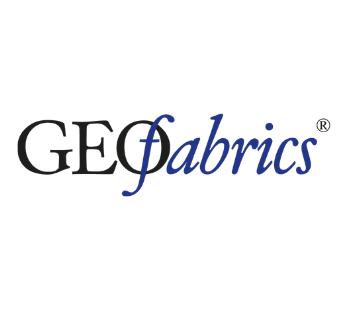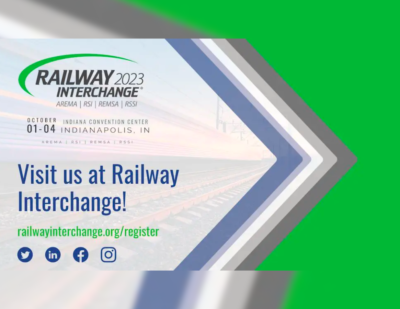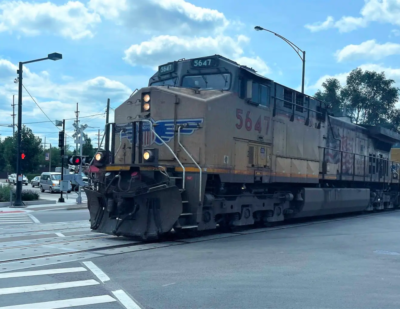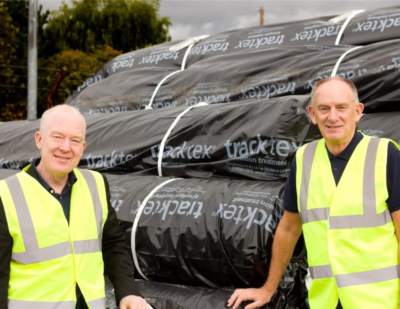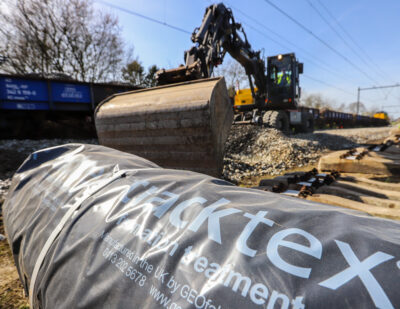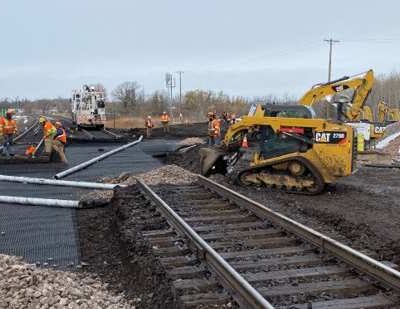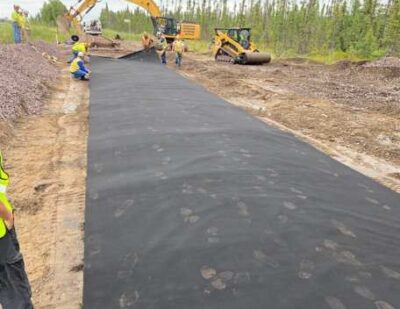Geofabrics
Trackbed Stabilisation Solutions from the Experts
This article first appeared in the Railway-News magazine, Issue 4 2022 Track & Infrastructure Edition.
A Full Spectrum of Geosynthetic Products
GEOfabrics has been supplying the rail industry with trackrehabilitating geotextiles and geocomposites for over 20 years. Working directly with rail authorities, contractors and designers, alongside its comprehensive R&D programme, it has developed leading geosynthetics to provide significant cost benefits to the rail industry.
Geosynthetics comprise an assortment of synthetic polymer materials, specifically fabricated to be used in geotechnical, geo-environmental, hydraulic and transportation engineering applications. And they’ve been employed to perform a number of functions in track construction and rehabilitation for almost half a century.
When properly specified by experts, their use has been proven to significantly enhance the performance of the trackbed in a number of ways – reducing maintenance costs and increasing the lifetime of the design. For this reason, it’s vital that rail operators work with a geosynthetics expert to get the optimum result and a solution which is specific to the geotechnical issue at hand.
Sector Expertise Meets Robust Solutions
GEOfabrics is perfectly placed to offer this kind of specialist advice and, coupled with its extensive range of geosynthetic products, provides clients with bespoke solutions to their problem. It has developed and provided a wide range of tailor-engineered products since 1990. These have been specifically manufactured to address many of the problematic ground conditions that exist beneath railway track and the surrounding areas.
A Tailored Approach to Trackbed Problems
A full spectrum of products is on offer – from separation nonwoven geotextiles for coarse subgrade all the way up to specialist geocomposites for poorly draining and unstable subgrade. Every trackbed issue is evaluated individually, to ensure that every problem gets a bespoke solution. The team of GEOfabrics specialists assists with specifying the correct product, depending on the conditions.
